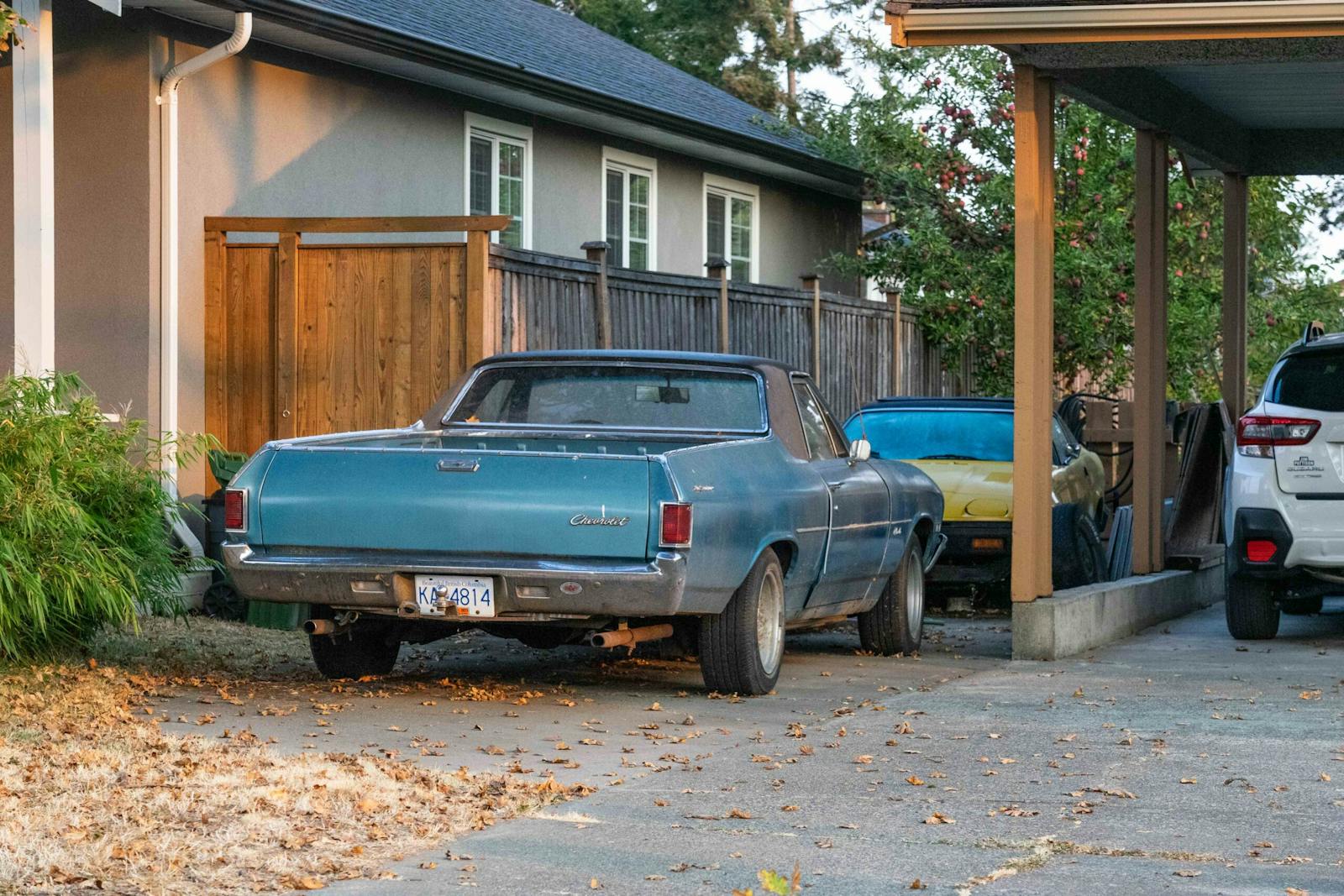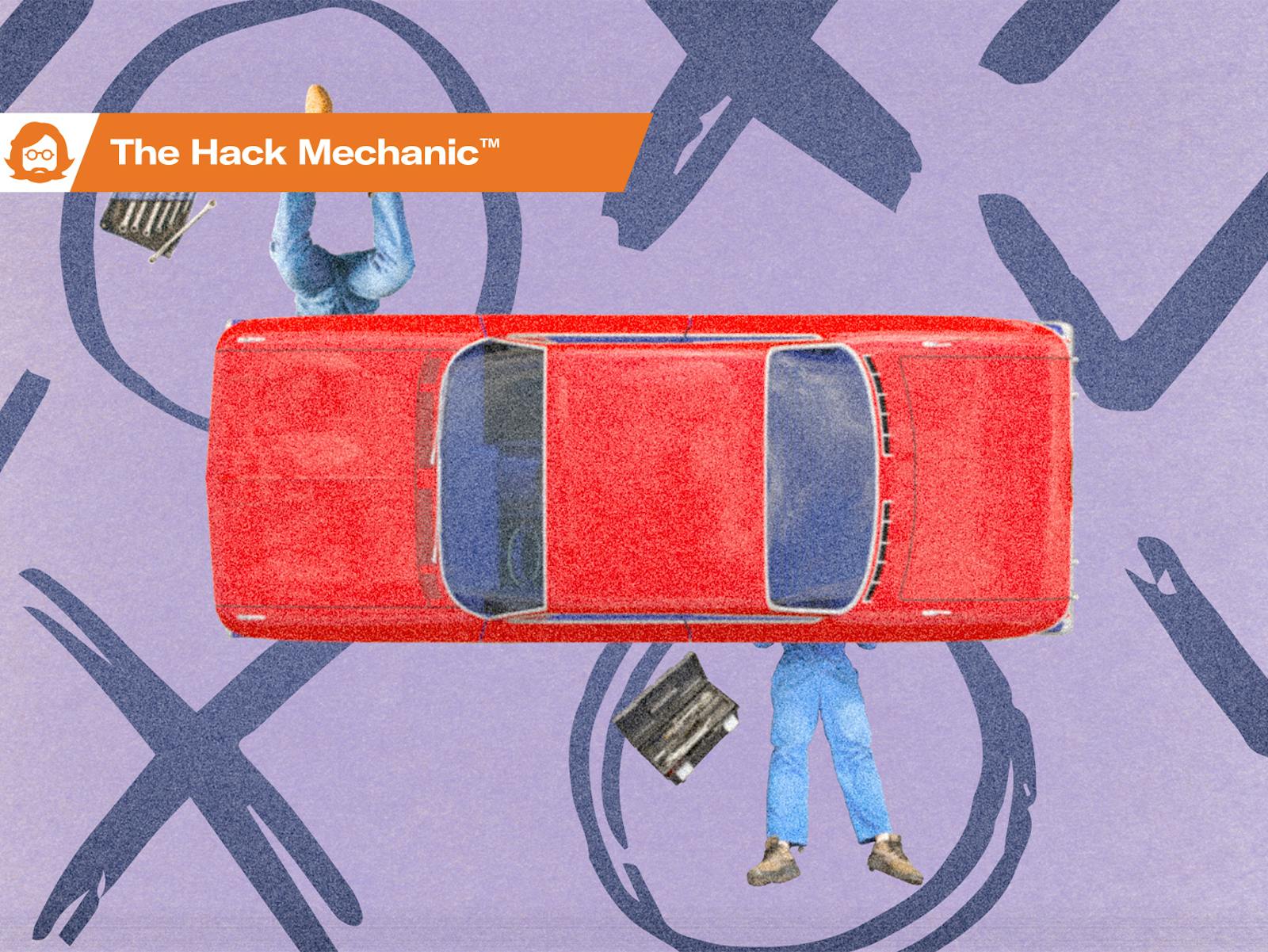Ask Jack: Buying a gas sipper in a Big Gulp paradise

I’m working through my backlog of “Ask Jack” questions, and I’d like to hear a few more—send your email to tips@hagerty.com with “Ask Jack” in the subject line.
Today’s question comes from a long-time reader who has achieved that most improbable of feats: becoming a homeowner in California. There’s just one little problem: there’s a 36-mile round-trip commute involved, much of it in gridlock conditions.
Drew writes:
If my wife, new baby boy, and I successfully close on a new home purchase soon, my daily commute will grow from 6 miles to 36 miles (round-trip). I’ve driven a 2006 Land Rover LR3 for a while, and it’s been a good vehicle. The main drawback: it’s an AWD/4WD SUV that has the Ford Cologne V-6. Runs like a clock, but very thirsty for premium unleaded (at least it’s not approaching $4/gal lately here in California). The maintenance isn’t cheap, but not too obnoxious. Mine is a basic stripper; I think the only option on it is the upgraded Harman Kardon audio system with a sub in the tailgate.
The new commute would be along the oft-maligned twisty-turny Highway 17. It ranges from lots of beach-going gridlock on the weekends, to the white-knuckle amateur rally-cross rush hour Monday through Friday. The LR3 won’t bat an eye at this commute, but the fuel bills will become problematic, especially with a new mortgage and a wife who may or may not return to the workforce full-time.
Speaking of my wife, her car is a 2010 Prius with an oil consumption problem (that I believe Toyota still refuses to acknowledge/fix under warranty). Should I just drive her car instead? How about I just kill myself now? Seriously though, it’s an OK vehicle, but driving that thing on a regular basis would eventually make me go coo-coo for Cocoa Puffs. The LR3 makes a fine family car though, so there’s an argument for keeping it for short-distance kid/family hauling.
Keep, sell/replace, or trade with the wife? I could switch to something cheaper on gas while not feeling like I’m downgrading too much. Some affordable contenders on the used market I’ve looked at include: Ford Fusion Hybrid, 8th-gen Honda Civic, and super compacts like Ford Fiesta/Mazda2/Toyota Yaris/Chevy Spark-Sonic, Fiat 500, et al. The tiny cars are more of a hard sell obviously, having to go from a pretty cushy Land Rover to a bare bones bucket.
I’m sticking with used as that’s the sweet spot for me, though I can find new or semi-new deals pretty easily. On the radar are late-model Corolla/Scion iM hatchbacks (the 2020 Corollas look very not-boring) or perhaps a 2019 RAV4 AWD for about $10K less than what they cost new. New/semi-new is also a hard sell because of the house looming in escrow—we wouldn’t be ‘house poor’, but money will be a little tighter.
This is a relatively thorny problem, but maybe not for the reason Drew thinks. Let’s start with Jack’s 21st Rule Of New Car Buying: It’s always cheaper to keep the car you have. There are very few exceptions to this just-made-up rule. Is the LR3 situation one of them? Time to do the numbers. A 36-mile commute means an average of 792 miles a month. We’re in the People’s Republic of California here, so let’s assume fuel at $4.50/gallon. An LR3 with either engine is about a 14-mpg prospect, so that’s $275 a month of fuel. Oof. That’s stout. Let’s say that Drew swaps out for a Civic with real-world fuel mileage of 33 mpg, which assumes a light foot. Now we’re down to $108 a month, which sounds way better.
On an annual basis, however, it’s just $2004. Do you realize how easy it is to eat up $2004 by changing your vehicle? If you buy a $15,000 used car from a California dealer, you’ll pay close to $1500 in sales tax and license fees during the first year. It’s my experience that most used cars, particularly most low-priced used cars, have at least one “gotcha” bit of deferred maintenance or nearly-consumed consumables baked in. Let’s say a set of tires. That’s $700. Or it needs a belt service, which would be at least that much. Now you’re underwater for Year One in your money-saving plan.
I’m going to assume that Drew’s LR3 is paid off, or close to it. So he can put a couple grand’s worth of maintenance into the car for less than the cost of the payments he’d make on a replacement. It wouldn’t be worth much as a trade—my estimate is that a dealer would give him $2500–$3000 as a trade-in, and he might fetch $5K on a private sale—so the cost of the new fuel-saving car has to be taken into account. If he picks up that 2019 RAV4 AWD, he’ll find that his fuel savings are closer to $1000 a year, if that, and the monthly payments will add up to $6000 a year.
Having looked at this from a few angles to find the real financial benefit of trading in, and having failed in said attempt, I’m going to suggest that Drew stick with the LR3. He likes it, and it makes light work of his commute. There’s no scenario where he saves more than a few hundred dollars a year by doing something else, and most of his proposed choices will end up costing him more. In the fairly unlikely event that the LR3 blows up in the next few years, all he’s lost is the difference between trade-in and scrap value, which isn’t much.
Until gasoline hits 10 bucks or so a gallon, there are going to be very few scenarios in which people save money by swapping out their cars. Yes, you could make a real dent in your bills back in 1978 by swapping an 8-mpg Oldsmobile 98 for a 40-mpg Honda Accord, but that kind of efficiency gap isn’t easy to find nowadays. My 6.2-liter Silverado returns 21.5 mpg on freeway trips, which compares pretty well with the 31.2 returned by my V-6 Accord. All the CR-Vs and RAV4s out there struggle to beat 25 mpg in daily use, while the Sonics of the world do great around town but don’t always pan out on the freeway, thanks to the inevitable conflict of small-displacement engine and barn-door aerodynamics.
Still, there’s something about fuel cost which really puts it “in your face,” so to speak. We make a car payment once a month and forget about it, often in concert with larger bills like the mortgage. That $65 fillup, on the other hand, happens to you when you’re in a bad mood, when you’re rushing to make an appointment, when your mind is predisposed to wander in nonproductive directions. Those of you who know me personally know that I am always trying to “live in reality.” Reality teaches us that a dollar spent at the pump is exactly the same as a dollar spent on sales tax, a car repair, or a monthly payment. If you can accept this—really accept this—you’ll find that some choices are easier to make. Keep your Rover, Drew, and enjoy it.

